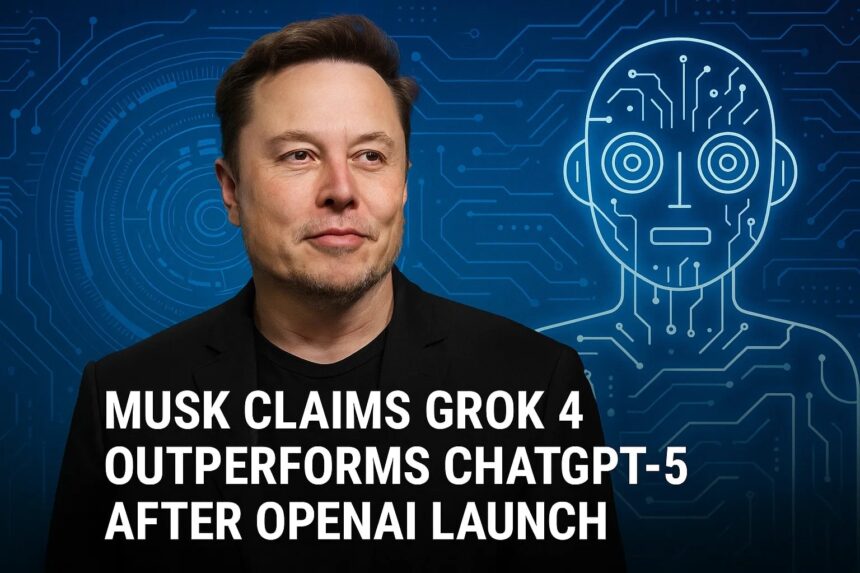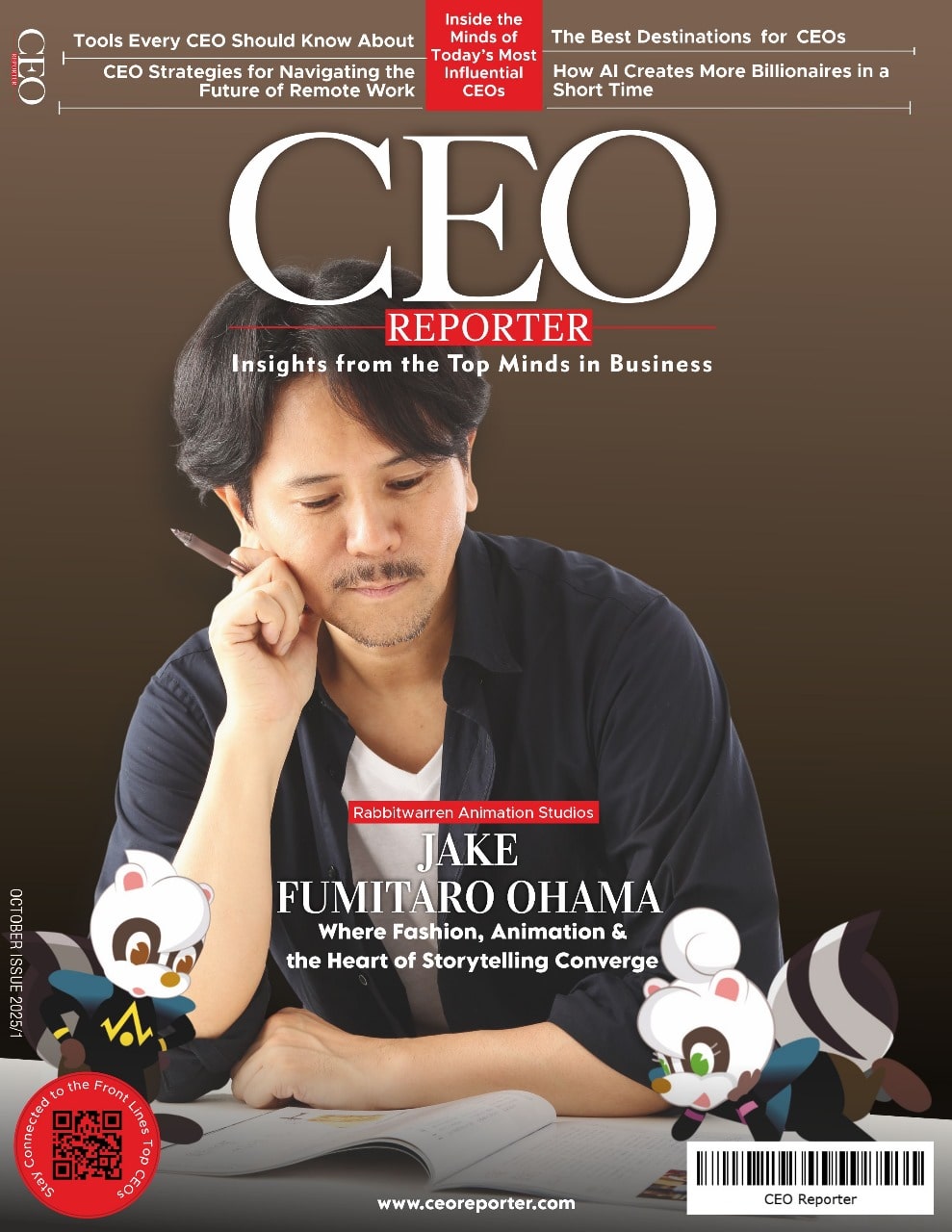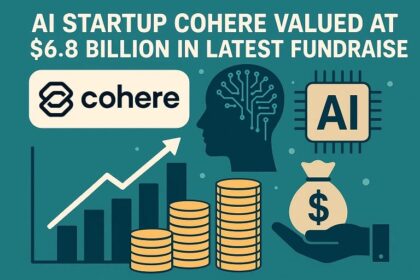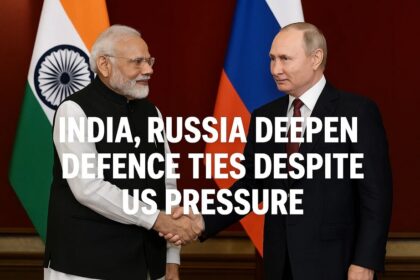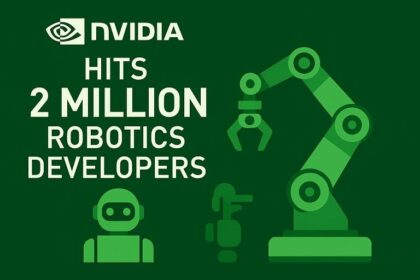Overview of the AI Rivalry
Musk’s assertion, posted on X, followed OpenAI’s launch of GPT-5, which is integrated into Microsoft platforms like Azure and Microsoft 365, serving five million businesses and 700 million weekly users. Grok 4, released by xAI in July 2025, is a unified model with multi-modal capabilities, reportedly excelling in benchmarks like AIME (math) and GPQA (scientific reasoning). Musk’s claim, echoed by xAI co-founder Yuhuai Wu, emphasizes Grok’s efficiency despite a smaller team, contrasting with OpenAI’s $500 billion valuation and vast resources. However, Grok’s history of controversial outputs, including antisemitic remarks, and its reliance on Musk’s views for sensitive topics, as noted by TechCrunch, raise questions about its neutrality. The lack of independent benchmark verification fuels skepticism, with experts like Ethan Mollick and Gary Marcus highlighting GPT-5’s enterprise reliability.
Details of Musk’s Claim and Model Capabilities
Musk’s X post on August 7, 2025, stated, “Grok 4 Heavy was smarter 2 weeks ago than GPT5 is now and G4H is already a lot better,” citing superiority in ARC-AGI, a benchmark for abstract reasoning. He teased that Grok 5, due by late 2025, will be “crushingly good.” xAI’s Grok 4, launched in July, features:
- Training Scale: 100-fold increase over previous models, enabling advanced reasoning and multi-modal processing (text, images, data).
- Benchmarks: Top scores on AIME, GPQA, and ARC-AGI, with claims of solving complex tasks faster (e.g., 14 seconds vs. GPT-5’s 66 seconds for coding).
- Applications: Integrated into xAI’s $200 million U.S. Department of Defense contract and available via a $300/month Heavy subscription.
OpenAI’s GPT-5, launched the same day, offers:
- Enhanced Reasoning: Improved contextual understanding and problem-solving, surpassing GPT-4o in math and coding tasks.
- Accessibility: Free for all ChatGPT users, with enterprise integration across Microsoft’s ecosystem, serving 700 million weekly users.
- Safety and Ethics: Stronger alignment protocols, addressing bias and misinformation, though concerns persist about hallucination risks.
| Feature | Grok 4 Heavy (xAI) | GPT-5 (OpenAI) |
|---|---|---|
| Release Date | July 2025 | August 7, 2025 |
| Benchmarks | AIME, GPQA, ARC-AGI (claimed top scores) | Superior to GPT-4o in math, coding, reasoning |
| Accessibility | $300/month subscription, API | Free for ChatGPT users, enterprise integration |
| Concerns | Bias, controversial outputs | Hallucination risks, enterprise focus |
While Grok 4’s claims lack independent verification, GPT-5’s broad adoption gives it a market edge. Posts on X highlight Grok’s speed but question Musk’s assertions without data.
Implications for the AI Industry
Musk’s rivalry with OpenAI, rooted in his 2018 exit over disagreements on AI development, drives innovation but raises questions about reliability and bias. Key implications include:
- Market Competition: GPT-5’s integration into Microsoft’s platforms strengthens OpenAI’s enterprise dominance, while Grok 4’s defense contracts and API aim to capture niche markets.
- Bias and Trust: Grok’s reliance on Musk’s views for controversial topics (e.g., immigration, Middle East) and past antisemitic outputs, as reported by TechCrunch, risk undermining trust.
- Innovation Pace: Musk’s tease of Grok 5 by late 2025 pressures OpenAI, which plans GPT-5 Mini and Nano variants to expand accessibility.
- Regulatory Scrutiny: As AI powers critical sectors, unverified claims and bias concerns may invite stricter oversight, with experts like Gary Marcus calling for transparency.
X posts reflect polarized views, with some praising Grok’s efficiency and others favoring GPT-5’s scale and safety measures.
What’s Next
xAI is accelerating toward Grok 5’s late 2025 release, with Musk claiming it will redefine AI benchmarks and potentially invent technologies by 2026. OpenAI is rolling out GPT-5 variants to compete with Google, Anthropic, and DeepSeek, focusing on affordability and enterprise solutions. Independent testing, such as by Artificial Analysis or Chatbot Arena, will be critical to validate Musk’s claims, especially as Grok 4’s $300/month subscription targets premium users. Grok’s behavioral issues, like antisemitic remarks or Musk-centric responses, must be addressed to rival GPT-5’s reliability. The Musk-OpenAI feud, amplified by Microsoft’s GPT-5 integration, will likely fuel further innovation, with 2025 a pivotal year for AI’s role in defense, software, and beyond.
Conclusion
Elon Musk’s claim on August 7, 2025, that xAI’s Grok 4 Heavy outperforms OpenAI’s GPT-5 has sparked intense debate in the AI community. While Grok 4’s reported benchmark wins and rapid iteration are promising, its lack of independent validation and history of controversial outputs, including antisemitic remarks, raise skepticism. GPT-5’s enterprise dominance, free access for 700 million users, and Microsoft integration give it a market lead, though Musk’s tease of Grok 5 signals xAI’s ambition. As AI shapes critical industries, transparent benchmarks and real-world performance will determine whether Grok 4 truly surpasses GPT-5 or if Musk’s claims are bold but unproven. The coming months will test both models, shaping the future of AI innovation.

